Orchid flowers are some of the most impressive plants on Earth. With their dazzling array of colors and varieties, they can be a delight for seasoned and beginner gardeners alike.
No wonder that they often top the lists of the most beautiful flowers in the world. Learn more about orchids, what makes them outstanding, and how to take care of them.
In this guide we’ll cover all of that and more. But first, let’s start with the symbolism of these flowers.
The Meaning of Orchids
Roses aside, you’ll be hard-pressed to find a flower with richer symbolism than the orchid. Much loved since ancient times, these flowers symbolize love, beauty, fertility, refinement, and calm.
In Ancient Greece, they were a symbol of virility and strongly associated with masculinity.
Centuries later, the Aztecs believed orchids had special properties and mixed them with chocolate to create an elixir that they thought could increase one’s power.
The Victorians, on the other hand, associated these flowers with luxury and refinement and proudly displayed them in sophisticated arrangements.
The Meaning of Orchids by Type
Different species of orchids carry their own meaning. For example, the moth orchid Phalaenopsis, which is one of the best-known orchids in the Western world, symbolizes femininity and elegance.
The Paphiopedilum orchid or Venus slipper, as it’s also known, has carried romantic and erotic undertones since Victorian times. Take a quick look at its shape and you’ll see why.
By contrast, the boat-shaped Cymbidium orchid symbolizes virtue and morality. In Asian countries, it’s offered as a gesture of honor and respect.
The Zygopetalum orchid, in which the petals and lip of the flower belong closely together, symbolize a spiritual connection between people.
Last but not least, the magnificent Vanda orchids are highly esteemed as a symbol of luxury and, in India, of peace.
The Meaning of Orchids by Colors
These flowers display a rich array of colors, each of which has its own symbolism. So, what do white ones stand for? And what about yellow ones?
- White orchids symbolize elegance, purity, and innocence. They can also express reverence and humility.
- Pink orchids stand for joy, happiness, and grace.
- Purple orchids are the perfect gift for someone you look up to—they symbolize respect, royalty, and admiration.
- Red orchids symbolize desire, passion, and courage and are a perfect gift for a lover.
- Yellow orchids symbolize friendship and new beginnings.
- Orange orchids convey enthusiasm and pride.
- Green orchids symbolize nature, vitality, and good health.
Now that we’ve mentioned some popular types of orchids, let’s explore these more closely.
Types of Orchids and Their Colors
If you’d start counting all the types of orchids out there, it would take you a really, really long time. That’s because there are around 30,000 species across all continents (except Antarctica) and twice as many hybrids and cultivars.
Most occur in tropical regions, but many species have become household names around the globe.
As you may imagine given this diversity, these flowers come in a breathtaking range of colors—they occur naturally in pretty much all the primary and secondary colors except for blue.
Here are some of the most famous types of orchids and the colors they most often wear.
Phalaenopsis
With its leafy stem and large, long-lasting flowers, the Phalaenopsis is one of the showiest plants around.
It’s also known as the moth orchid because back in the 1750s when Pehr Osbeck, a Swedish naturalist, visited Java, he saw them through his field glasses and mistakenly assumed they were a cluster of moths.
Time cleared the mistake, but the name stuck. These flowers can be white, purple, pink, orange, yellow, and variations of these colors.
Phalaenopsis Care
Easy to grow as houseplants, Phalaenopsis thrive in mild temperatures given medium to bright indirect light and weekly watering.
Cymbidium
These are easy to recognize because of their grassy leaves and boat-shaped flowers. They’re also known as boat orchids because of the shape of the labellum or third petal.
Popular Cymbidium colors include white, orange, pink, yellow, apricot, red, and green.
Cymbidium Care
This one needs plenty of sunlight to flower, but it’s best to avoid harsh, direct light—best use a curtain to filter the light. Also, don’t let the soil get either dry or soggy—weekly watering usually works best.
Dendrobium
A widely diverse genus, Dendrobium often has many flowers and an egg-shaped labellum that contrasts in color with the rest of the petals. These flowers can be white, yellow, green, purple, or pink.
Dendrobium Care
Give your flower morning sun and afternoon shade and water once a week, allowing the potting mix to become almost dry—that way you’ll grow a happy, colorful flower.
Sarcochilus
Whether you choose to call them fairy bells or butterfly orchids, Sarcochilus orchids will wow you with their spectacular flowers.
Despite their very showy petals, these flowers are not as widely cultivated as other varieties. They can be yellow, white, red, and variations of these colors. Varieties with specked flowers are some of the most beautiful.
Sarcochilus Care
These are easy to grow for beginners. They require moderate to low light, warm temperatures, and a constantly moist potting mixture. Other than that, they’re undemanding.
Vanda
Showy, long-lasting flowers, bright colors, and an intense fragrance to boot—Vandas have it all, making them one of the most prized types of orchids for horticulturalists.
Vanda flowers come in many colors and shades, including orange, pink, yellow, red, purple, and white. Blue-tinted variants are especially valuable.
Vanda Care
These flowers like morning light and 80% humidity, which may call for a humidifier. It’s good to repot them every 3 to 5 years, depending on the quality of the soil.
They flower best when grown in mild temperatures during the day and slightly cooler temperatures at night.
Paphiopedilum
The pronounced labellum or pouch of this flower is commonly known as a lady’s slipper and has given it the catchy name of Venus slipper.
The extraordinary shape and beauty of its flowers make it one of the most desired and prized orchids today.
Paphiopedilums can be yellow, red, white, pink, or purple and often feature strong markings and an intensely colored labellum.
Paphiopedilum Care
Expose to low light and water every five days. Venus slipper doesn’t need much fertilizing.
Cattleya
Once called the Queen of Orchids, Cattleya has large and fragrant flowers that bloom every 3 to 6 weeks.
Cattleyas are available in a rainbow of colors thanks to the development of hybridization including yellow, orange, purple, and deep red.
Cattleya Care
Cattleyas need plenty of light to bloom, but you want to avoid bright, intense light that can damage them. Allow the soil to become dry between watering.
Oncidium
Also known as the dancing-lady orchid, the Oncidium has a big lower lip and column wings and often looks like a bright spray of color. With its ruffled petals and often startling colors, it’s a truly spectacular plant.
Oncidiums are mostly yellow and russet, with particularly beautiful varieties wearing a rich gold color. These flowers can also be white, red, and pink.
Oncidium Care
Water Oncidium as needed depending on whether the plant is putting on new shoots. Check moisture with a popsicle stick. Give it plenty of light in the morning but keep it in the shade in the afternoon.
Miltonia
Known for its multi-floral inflorescences, Miltonia is easy to grow and has long-lasting flowers. Its large lower petal can create a striking contrast with the other petals.
The plant can have up to four branches and up to five flowers on a branch. Colors include white, yellow, pink, purple, and red, often into two-toned combinations.
Miltonia Care
Water it twice a week in summer and once a week in winter. Feed it a high nitrogen fertilizer monthly. Last but not least, keep it exposed to bright light and avoid temperature extremes.
Ludisia
Ludisia, or the jewel orchid, is a spreading plant noted for its maroon-colored leaves, which create an interesting contrast with its delicately beautiful flowers.
Native to Southern China, Ludisia is often white, though it may be yellow or pink.
Ludisia Care
Keep the soil damp and avoid exposing your Ludisia orchid to bright, direct sunlight. Use a regular fertilizer a few times a year.
Vuylstekeara
From afar, Vuylstekeara may look like a large and curious insect that’s just about to take wing. But come closer to it, and you’ll discover an interesting orchid that can dazzle the eye with its large and showy flowers and exotic coloring.
Tip: It’s pronounced vool-STECK-ee-ara (You may have to practice a few times before you get it right!).
Vuylstekeara Care
Vuylstekeara prefers low light, mild temperatures, and monthly fertilization. Let the soil dry between watering.
Orchids Care Tips and Tricks
With their exotic looks and showy colors, orchid flowers may seem like difficult plants to grow, especially if you haven’t grown any before.
But they are tough plants that won’t be too demanding on your time or resources, provided you create favorable conditions for their growth. Here’s what you need to know about caring for them.
Soil
Unlike other plants, most orchid flowers have roots that reach out into the air for moisture and support. They don’t burrow into the earth to extract nutrients from the soil!
As tropical plants, they grow attached to trees or other plants. Terrestrial orchids do grow in soil, but they may still have external roots.
The important thing to remember is that normal potting soil can choke airy roots.
Tip: The best soil for growing orchids at home tends to be a chunky mix that lets the roots breathe. Most varieties love moisture, but they need soil that promotes aeration and good drainage.
Fine grade bark or orchid mix that contains peat moss, fir bark, charcoal, moss, or perlite is usually a safe choice for most varieties, though it’s always important to check specific requirements for each type of plant.
For example, Ludisias won’t mind growing in a mix of 60% potting soil and 40% perlite.
Light
Light is what many people get wrong when it comes to growing orchids. That’s because different varieties have different light requirements.
While Dendrobiums, Cattleyas, Vandas, or Oncidiums prefer morning light and afternoon shade, Miltonias like bright, indirect light, Paphiopedilums low light, and Cymbidiums and Phalaenopsis indirect, filtered light.
As a general rule, avoid exposing your orchid flowers to direct light. Except for some rarer types of homegrown varieties such as Catasetum or Encyclia, most types kinda know they don’t have any sunscreen on and don’t like to face the sun.
The bottom line is that for your flower to bloom and stay healthy, it’s crucial to pay attention to what light conditions it prefers.
Often, you don’t even have to research this online because the condition of the petals and leaves will tell you whether the flower gets enough exposure to light—or too much of it!
The first sign that your orchid gets too much light is yellow, hard foliage that may turn dark brown.
Flowers that get enough light have vibrant green leaves and stems. Dark green leaves could mean that the plant is well but that it won’t flower often.
Potting and Repotting Orchids
These flowers may sulk when they change their pot. Still, you may need to repot them as often as once every 1-2 years to ensure the plant thrives.
Tip: If you re-pot an orchid and it doesn’t flower when expected, don’t worry—it’s normal. Many varieties tend not to flower for at least a year after being repotted.
The best time to repot an orchid is when it’s actively growing. Choose a clear plastic pot that’s around 1” larger than the previous one and use a potting mix that’s similar to the one the plant has been in.
It’s important to sterilize the planter and any cutting tools you may have using a household bleach solution (1 gallon of water to ½ cup of bleach).
Tip: Wash your hands thoroughly before you begin! These flowers are very vulnerable to germs and bacteria.
Remove the roots from the old pot very gently and rinse them in lukewarm water. If you notice squishy, black roots, cut them carefully.
Sprinkling cut areas of the roots with cinnamon is healthy for the plant—cinnamon is a natural fungicide.
Temperature
Most orchids are sensitive to cold and drastic temperature changes. A simple way to tell whether your flower is too hot or too cold is to consider how the temperature is making you feel.
Most flowers thrive in temperatures between 60-85°F (15-29°C). Below 40°F (4°C), they won’t bloom and may get damaged, while temperatures above 90°F (32°C) with direct exposure to the sun will make them dry out and wilt.
Watering
Orchids like it moist—just like most other tropical plants. This means that for most varieties, you have to ensure the soil is moist (but not too moist!) between waterings.
Some types are more water-tolerant than others—Dendrobiums, Oncidiums, or Cattleyas. Watering these once a week should be enough.
Tip: You may have to increase watering during the summer (see Care section for Miltonia orchids). Using a fan to improve airflow and a humidifier can make a big difference.
In the end, it’s best to check the soil to see whether the area around the root of the plant is moist. That way you can decide whether your flower needs watering or not.
In hot weather, you can let water (at room temperature) run over the plant so long as the water drains completely from the pot after.
Fertilizer
Fertilizing orchids is a process specific to each type of plant.
As far as general guidelines go, use a balanced fertilizer that contains equal amounts of nitrogen, phosphorous, and potassium—but only when the plant is growing!
Choose a fertilizer without urea. Also, the nitrogen concentration in the fertilizer shouldn’t exceed 20%. Look for a fertilizer that contains calcium, magnesium, copper, sodium, zinc, and other trace elements.
Use it monthly or, if you use it weekly, dilute the formulation to one-quarter of its strength. Fertilizing these flowers is especially important after the blooms fall off.
Tip: When you fertilize, the best approach is to fertilize often with a weaker concentration.
Extra Tips for Indoor Orchids Care
Growing orchid flowers indoors as house plants? Here are some key tips that can help you create optimal conditions for them.
Before you read on, remember that the most important thing is to take into account the specific requirements for your chosen variety.
- During warm weather, put the plant in the sink and soak it down. Let the water dry out from the pot completely before putting it back in place.
- Water only once or twice a month during winter but mist it to keep it hydrated. You can use rain water.
- Don’t fertilize your flower in winter.
- If you notice yellowing and/or wrinkling leaves despite watering it normally, move the plant to another location. East-facing windows are usually best for orchids.
- Look for new roots and leaves as a sign that the plant is doing well where it is.
- Use a fan to increase air circulation.
- Don’t keep your store-bought flower in a plastic pot with the roots soaked in moss.
Orchid Flowers Frequently Asked Questions with Answers
Orchids are popular and we hear gardeners ask a lot of questions about them. We thought to put together the most frequent questions we’ve been hearing and answer them for you. We hope you find the answers useful!
How long does an orchid live?
Orchids can live for 15 to 20 years before declining in vitality and losing flowers. If they are not attacked by fungi or bacteria, they can live for decades given favorable conditions. Read here everything you need to know about orchids care.
Where is the best place to put an orchid?
As a general rule, avoid exposing your orchid flowers to direct light. Except for some homegrown types, most varieties prefer an east- or north-facing window. If your home faces west, put your flower on a table or shelf away from direct sunlight.
How do you take care of potted orchids?
Water a potted orchid once a week during the warm season and once or twice a month in winter. Use a balanced fertilizer in a diluted form every week during the flower’s growing period. Check your flower type for more specific instructions.
What should you do with an orchid when the flowers fall off?
When an orchid is about to enter its resting period, you can cut the flower stem to a node or leave it intact. Remove it entirely at the base only if the stem turns yellow or brown. Water the flower weekly, keep fertilizing it, and consider moving it to a cooler room to encourage reblooming.
Grow Your Own Bouquet of Orchids
Growing orchid flowers helps you fully appreciate their beauty and take advantage of the benefits of gardening.
You don’t have to be a seasoned gardener to do it—you just need enough enthusiasm to follow all the advice we’ve shared with you.
In the end, growing these flowers is an exercise in care and patience, one that can make you not just a better gardener, but a more thoughtful person.
Start growing your own orchids and you will soon get the bouquet you deserve—one that comes in any colors you like and that you can enjoy for many weeks every year.
Now over to you–do you have any experience growing orchids? Drop us a comment and tells us about it. As flower lovers, we’re curious to hear from you!

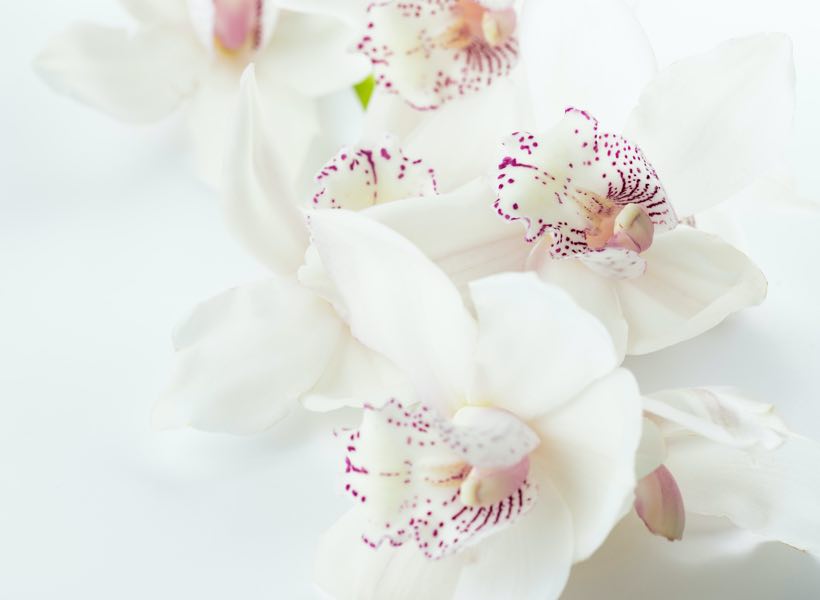
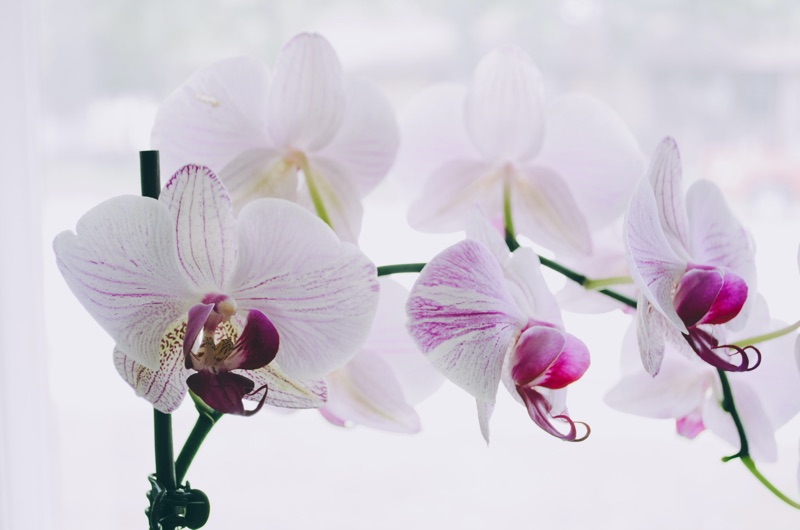
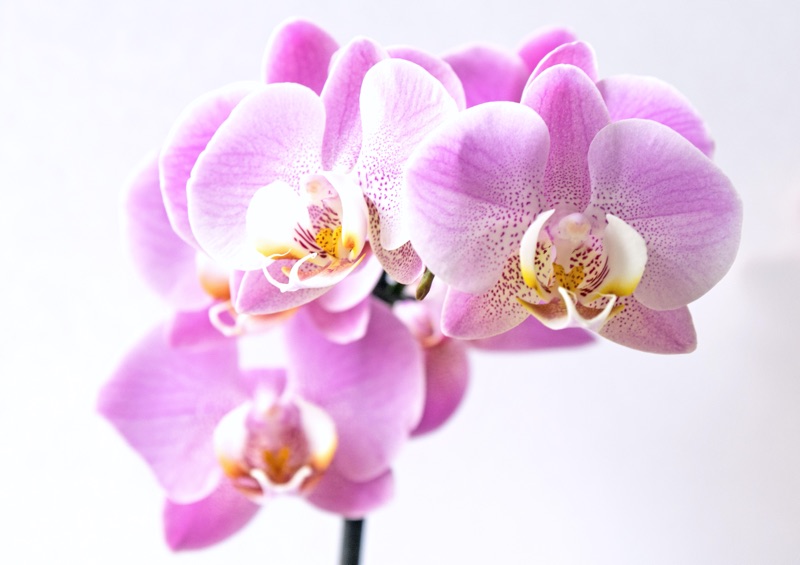
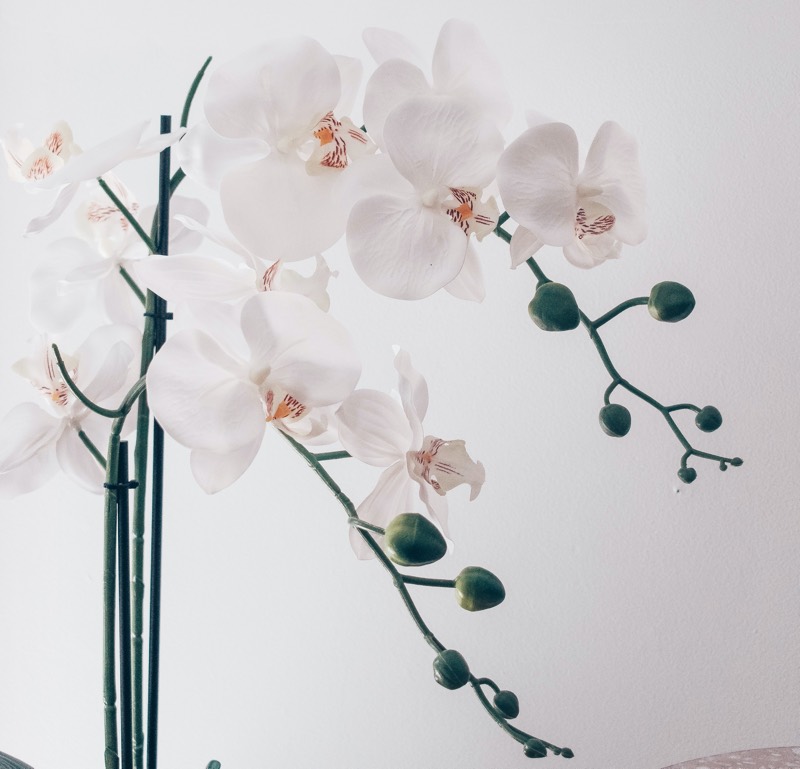
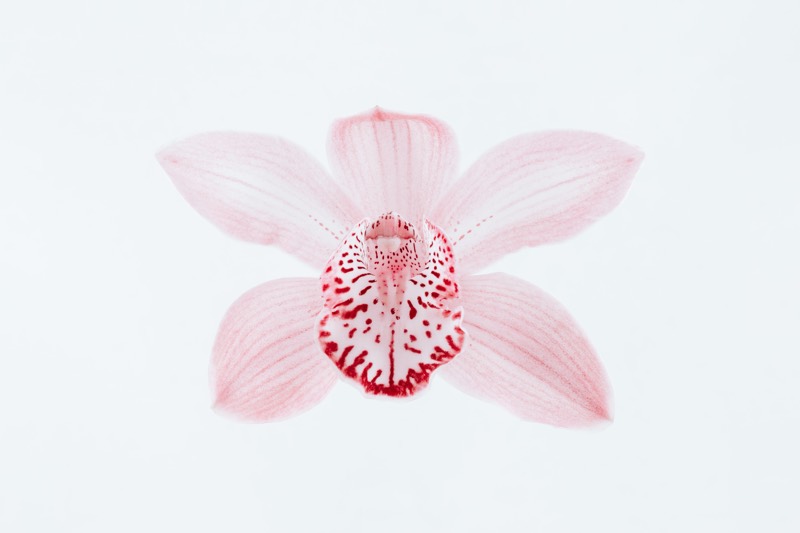
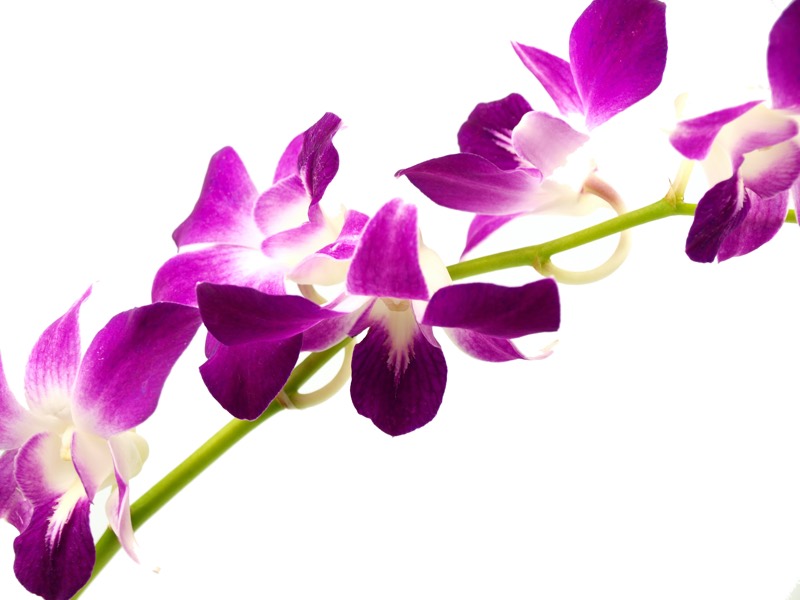
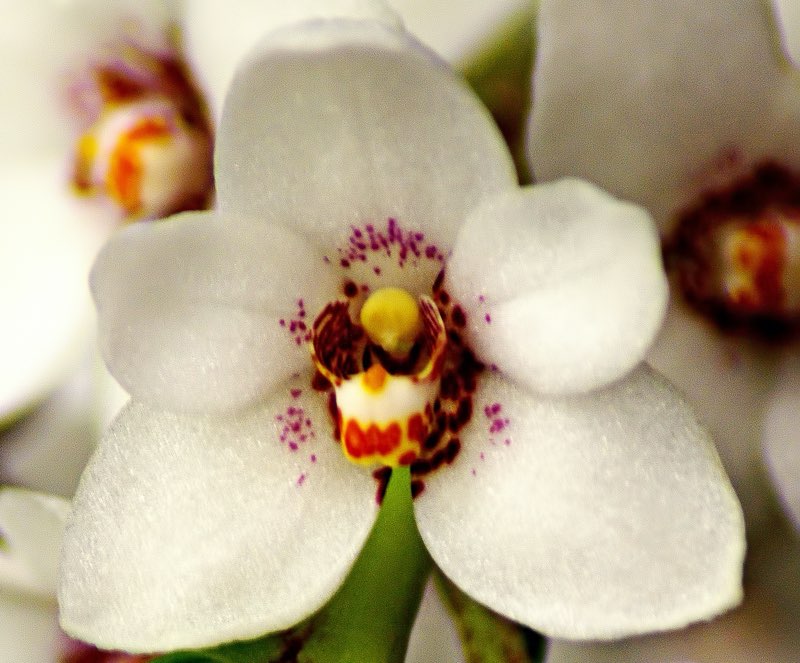
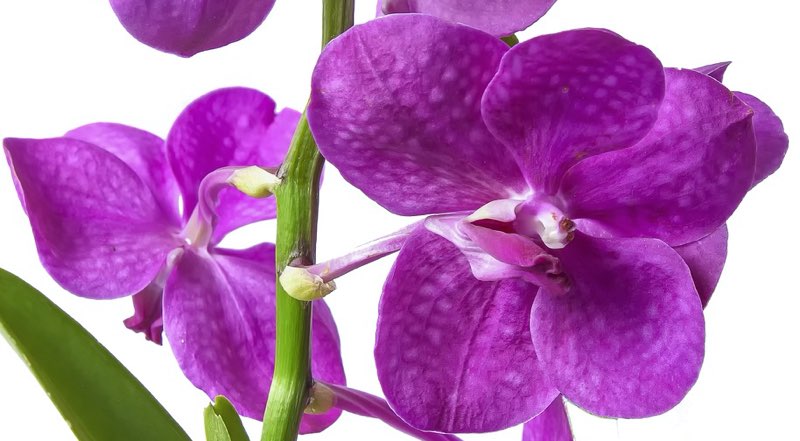
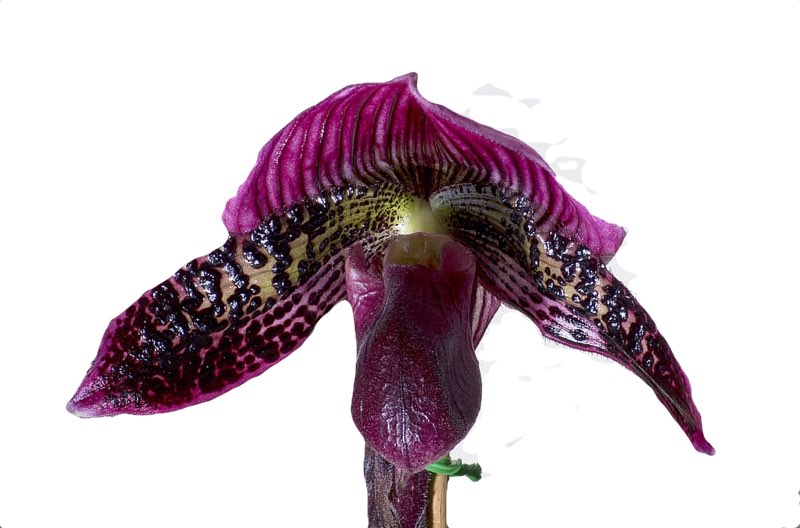
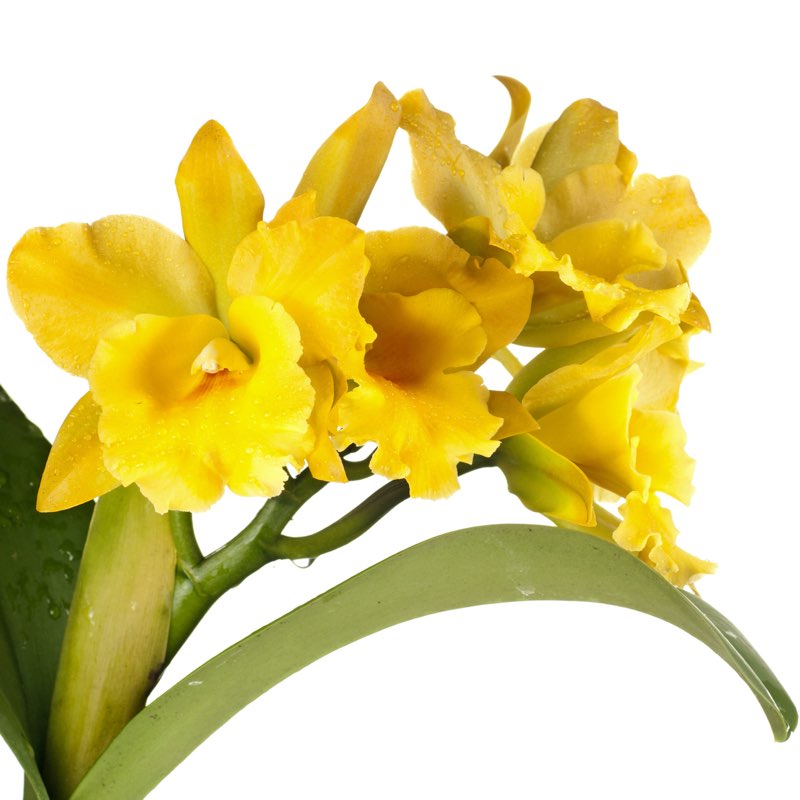
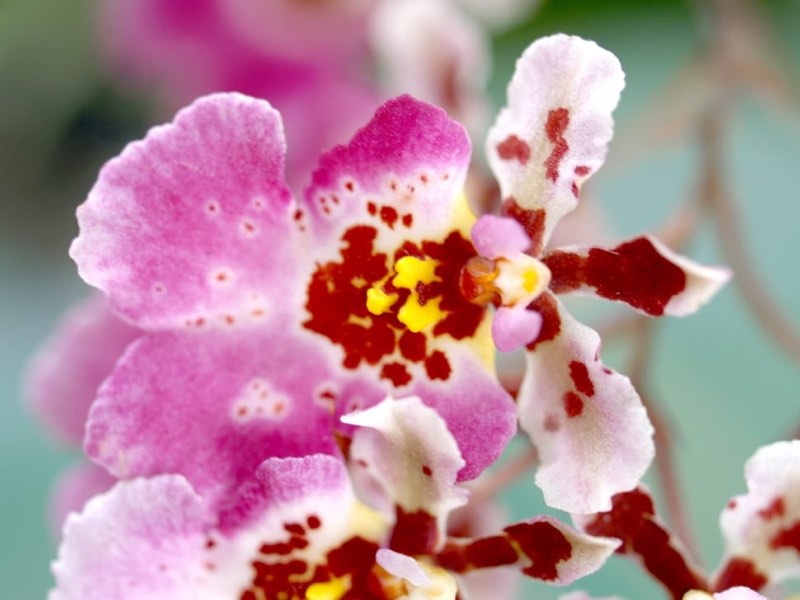
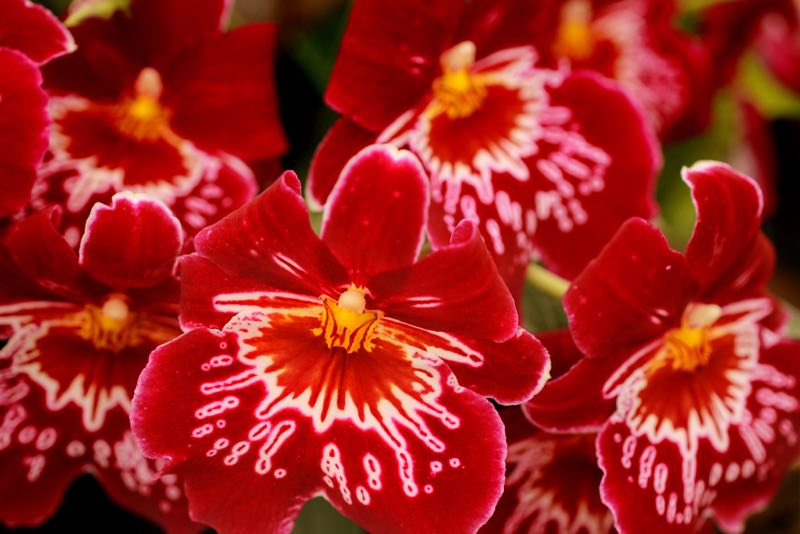
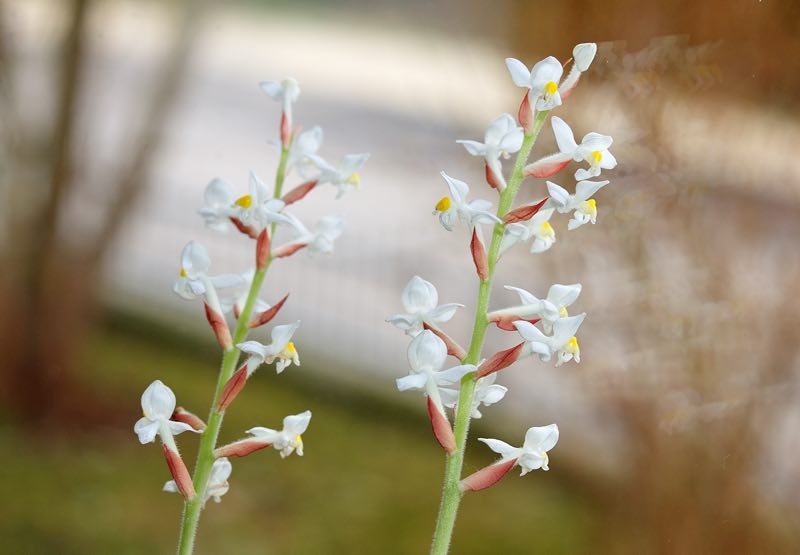
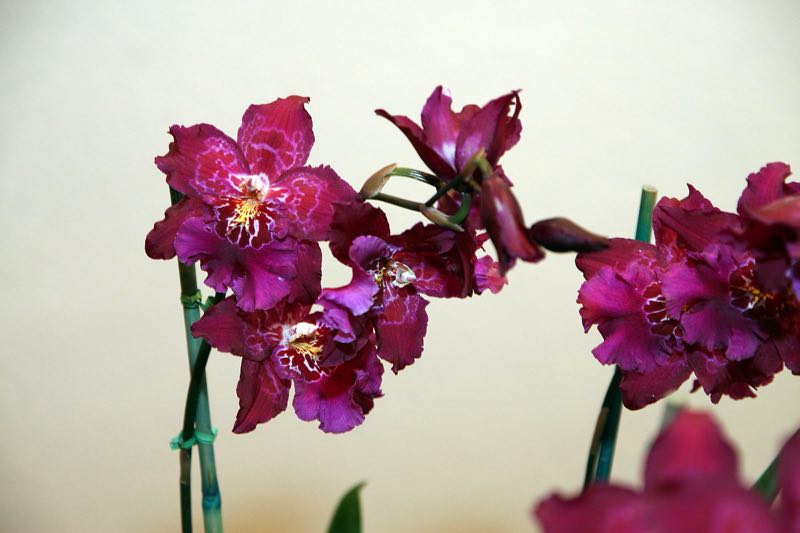
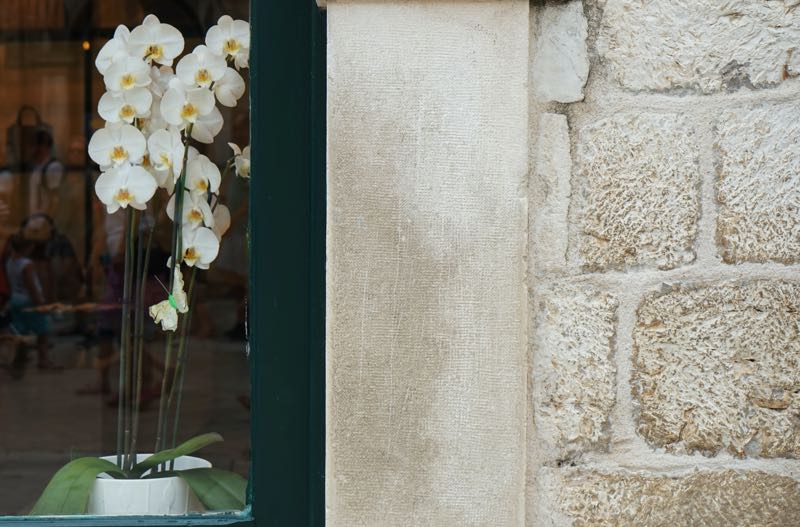
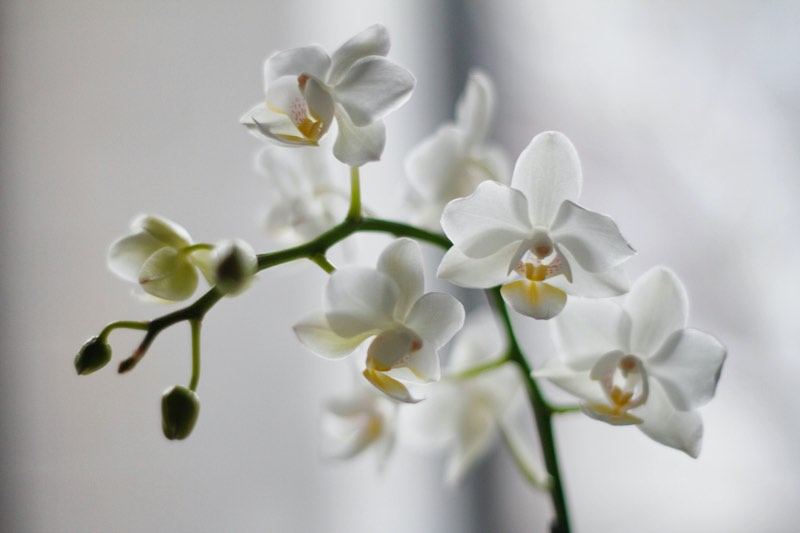
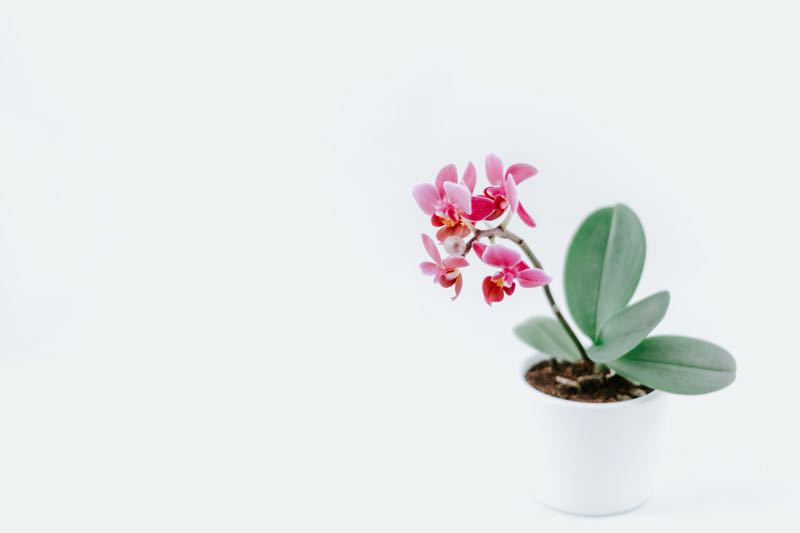
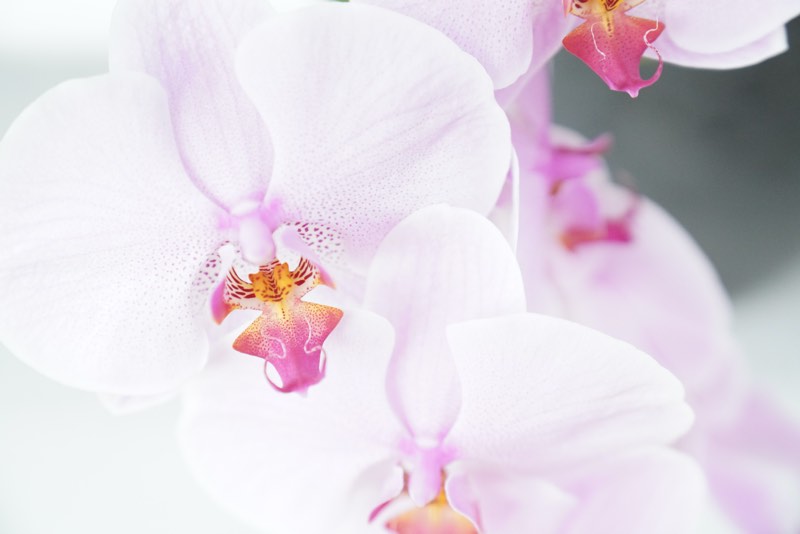
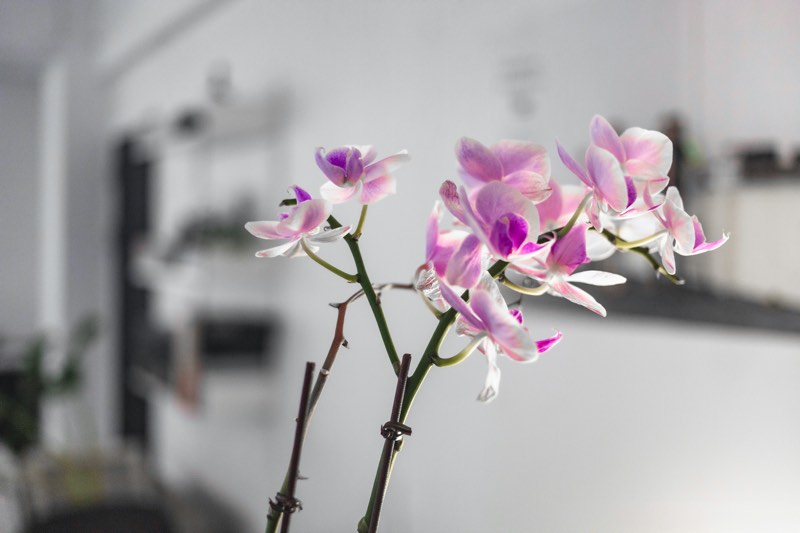
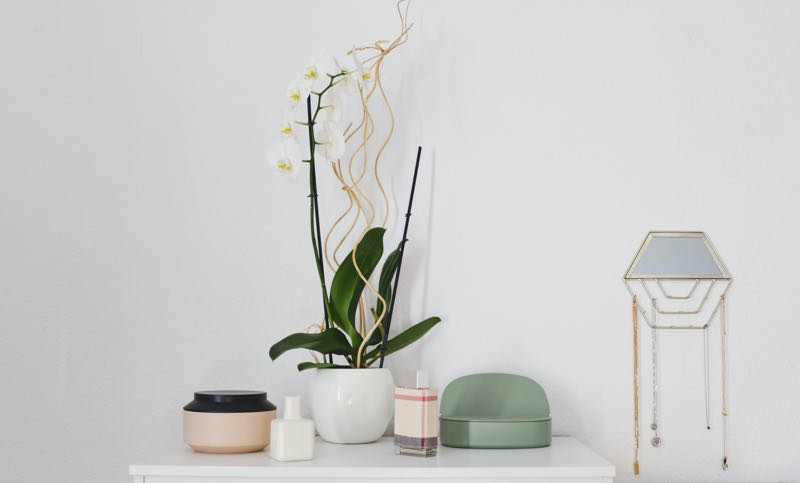

Like! Great article post, very informative and useful and they are among my favorite perennials.